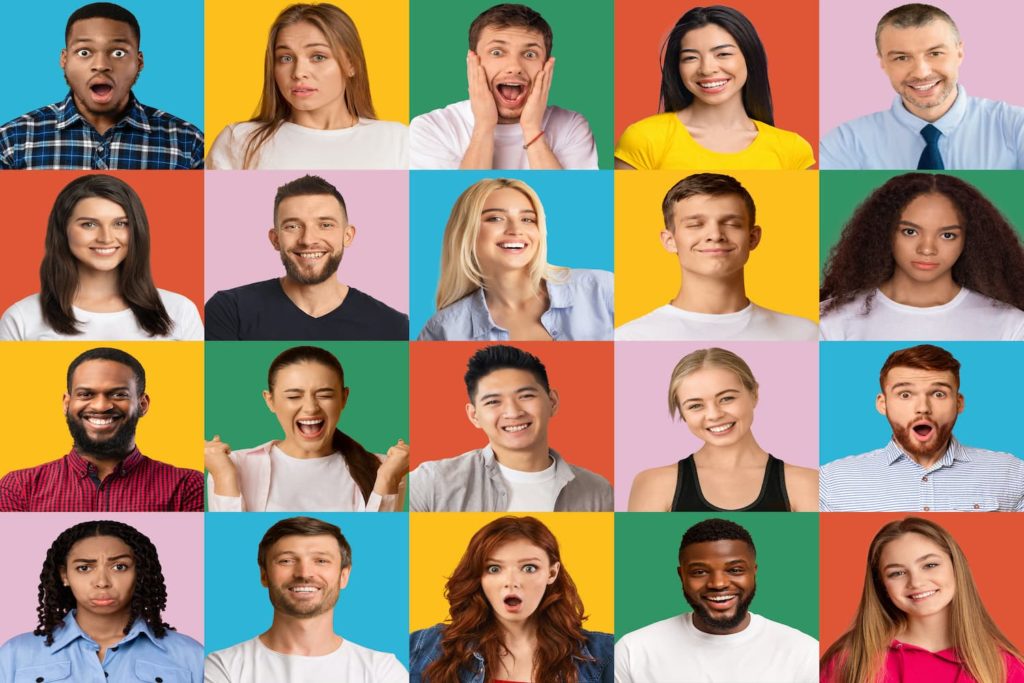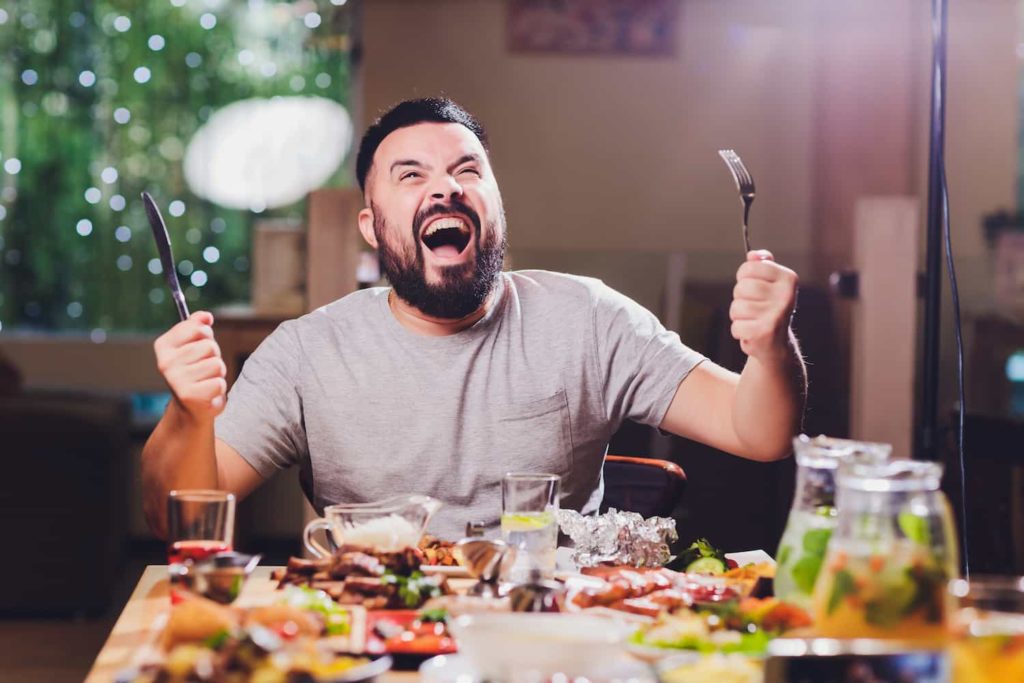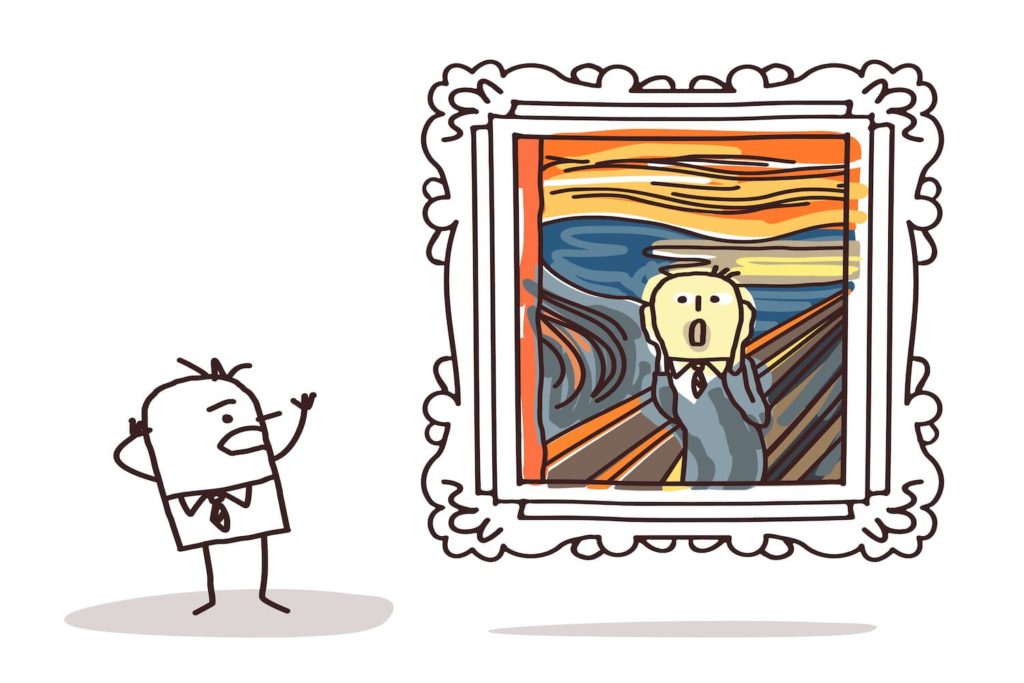
Emotions, Culture, and Creativity
I spent decades running from my emotions; instead of admitting happiness or sadness, anger or disappointment, I opted for giving the impression of simply feeling “fine.” It turns out that the denial of my emotions also hindered the expression of my creativity. Our emotions, like our creativity, are always with us. We may try to escape them, but this rarely has positive outcomes. Instead, if we embrace our emotions and learn to harness them in service of our creativity, we can enhance many aspects of our lives. This post first explores the individual and cultural aspects of emotionality and then goes on to analyze how feelings affect the various phases of our individual creative processes.
Individual and Cultural Differences
It is difficult to generalize the connections between feelings and creativity because the experience of emotions differs from one person to another. Even though we may understand intellectually that emotions vary among people, there is a common tendency to universalize our own experiences. If nervousness causes my eye to twitch, for example, I might assume that nervousness causes everyone’s eye to do the same. For some people sadness causes tiredness, and yet other individuals have difficulty sleeping when they are sad. People experience emotions differently.
Different societies also have distinct cultural norms around the expression of emotions. My husband comes from a culture that encourages loud and dramatic expressions of grief, especially connected to the loss of a loved one. In my home culture, although it is permissible to cry at a funeral, it is only culturally appropriate if it is done very quietly. Some societies judge emotional responses based on gender; for example, a culture might allow men to express anger in certain ways, but frown upon women expressing anger in those same ways. The takeaway here is that although everyone has emotions, the way that we experience and express them may differ significantly. Because of this, emotions will affect our creativity in different ways.
Denying Difficult Emotions
One thing that is very rarely helpful is denying our emotions. Many of us can think of times when we have been sad but have tried to convince ourselves that we are not. Worse yet, we may have had someone else try to persuade us that we were not experiencing a feeling that we were, if fact, experiencing. This can be frustrating, even when it is done out of love. In my family, for example, there are many amazingly talented cooks and bakers, and we have had restaurants in the family for generations. Unfortunately, this has often led us to use food (extremely delicious food) as a way of masking our emotions. A piece of homemade pie may be delicious, but it is no substitute for addressing sadness, disappointment, or anger. Denying our emotions could be detrimental to our creativity, as well as our waistlines. Using emotions in service of our creativity is a much more useful and healthful technique.

Harnessing Emotion for Creativity
In much of my previous writing, I have explored personal processes of creativity. I have found that the various phases of the creative process are hindered or enhanced by different emotions. Because the experience and expression of emotions vary from one person and from one culture to the next, I make observations based on my personal experiences with the phases of creativity and affectivity. I invite you to examine how these experiences resonate with or differ from your own feelings and creative processes.
One of the important but often overlooked phases of creativity is preparation. This may take the form of study, practice, or simply gathering the materials for your creative endeavor. Different emotions may be conducive to different aspects of the preparation phase. A feeling of calm often helps me when I need to study new material, but I’ve found that I can jot down initial ideas for a creative activity (low-pressure brainstorming) in almost any emotional state. Likewise, I can prepare my materials no matter how I am feeling. I may not feel like painting if I am particularly angry, but I can certainly still clean my brushes and prepare a canvas.
I have written many times about the brain state of transient hypofrontality, which is the state that brain scientists believe to be conducive to having moments of inspiration. That state is usually brought on by engaging in a repetitive activity that allows the focus to soften or the mind to wander away from specific tasks or topics. I find that those repetitive activities (walking, swimming, meditating, folding clothes, running, knitting, etc.) often produce an emotional state of calm. You wouldn’t have to start in a calm mood, however, to engage in those activities. You could begin in any emotional state, then engage in those activities, and the result could be a state of serenity and possible inspiration.
Creative Action, Emotional Products
Carrying out a creative activity (not the process of preparation or arriving at inspiration, but rather the actual execution of the activity) has a different connection with emotion. I have found that high emotion can be useful for the active or productive phase (making of art or producing a creative outcome). While calm might aid idea generation and inspiration, emotions such as elation, anger, or sadness can be a motivation to engage in a creative activity.

The final product often reflects the emotion with which the creation occurs. My favorite imaginative portrayal of this phenomenon appears in the novel and film, Like Water for Chocolate. In this narrative, the protagonist Tita infuses her cooking with feelings to such a degree that those who eat the food have a strong emotional reaction to it. The novel communicates this through magical realism, but we can all likely think of a time when we have been moved to a particular emotion through a piece of art, music, or another manifestation of creativity. Life is not only composed of happy moments, and so our creativity is bound to communicate a variety of emotions, including the more difficult ones. And sometimes the most difficult emotions result in the most movingly creative outputs.
Being in touch with our emotions is not only healthy, it can also be advantageous to our creativity. Self-examination and practice in this realm are key: they lead us to discover how our personal emotional states help or hinder our personal creative processes. Harnessing our emotions in service of our creativity, instead of running from our feelings, makes us more reflective and productive in our own imaginative lives.